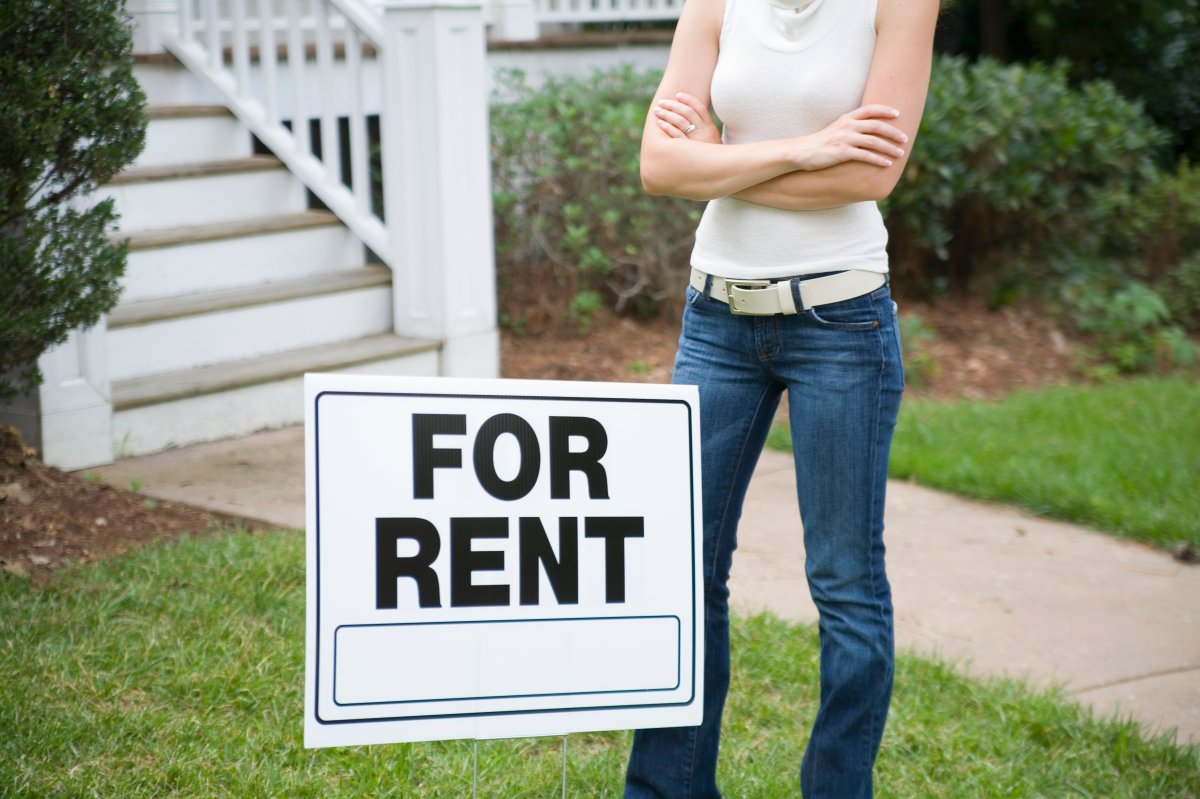A new three-part study from the non-profit tasked with community engagement in Hamilton says the city’s rental market is becoming “unsustainable” after a “dramatic shift” in rents since 2015.

A Rental Landscape report from the Social Planning and Research Council of Hamilton says “renters are feeling the squeeze” as rents have increased 21 per cent since 2015.
The report’s author, Sara Mayo, told Global News that rents are going up well beyond the current rate of inflation due to increasing rents in existing units and newer higher-priced units coming onto the market.
“We looked at it from 2001 to 2018, and really, since 2015 there’s been this enormous spike,” Mayo said.
“Since 2015, inflation has gone up by six percent and market average rents have gone up by 21 per cent in that time. So it’s really becoming unsustainable, these exponential increases in rent.”
Between 2010 and 2016, Hamilton’s average rent increase per year was 3.7 per cent — slightly higher than the 2.8 per cent provincial average, according to Canada Mortgage and Housing Corporation (CHMC) data.
Between 2017 and 2018, the increase almost doubled to about 6.9 per cent that year. By comparison, Ontario’s average increase in 2017-2018 was just 5 per cent.
What paints a dire picture for the minimum-wage earner in Hamilton is the addition of numbers from a Canadian Centre for Policy Alternatives (CCPA) study which reveals that more than 26.1 per cent of Hamilton renters spend more than 30 per cent of their income on housing.
Toronto is tops in Ontario on that list, with 36.6 per cent of its population paying 30 per cent or more.
Renters spending 50 per cent or more of their income on housing is 10.5 per cent. Again Toronto was at the top of the list for Ontario with 17.5 per cent.
- What is a halal mortgage? How interest-free home financing works in Canada
- Capital gains changes are ‘really fair,’ Freeland says, as doctors cry foul
- Ontario doctors offer solutions to help address shortage of family physicians
- Budget 2024 failed to spark ‘political reboot’ for Liberals, polling suggests
CHMC numbers from 2018 show the average rent in Hamilton for a one-bedroom apartment was $916, while a two-bedroom went for $1,085. Neighbourhoods in an area around Ancaster, Dundas, Flamborough, and Glanbrook had the highest rents at $1,038 and $1,202, while Central East Hamilton with the lowest at $787 and $966.
Altogether, the CCPC study says a minimum-wage earner would have to work 54 hours a week in Hamilton to afford a one-bedroom apartment.
Taking all the data into account, the Rental Landscape report suggests there are no neighbourhoods in Hamilton where a minimum wage worker could afford a one- or two-bedroom apartment based on current rental rates.
Mayo says recent rent increases are likely happening because of demand in the city for units.
“Landlords are, you know, wanting to make more money in this hot market and are trying to passively or actively evict more and more tenants,” said Mayo.
“We can’t just blame the landlords. The landlords are in many cases doing what’s permitted by law.”
Meanwhile, the city’s eviction numbers are also up, according to the report.
Using data from the province’s Landlord Tenant Board (LTB), which tracks disputes between landlords and tenants, the study says eviction notices for reasons other than non-payment of rent in 2018 doubled compared to 2010.
Hamilton’s Southern Ontario office recorded 60 notices given to tenants for reasons of other than non-payment in 2010. In 2018, that number was 150.
Typically, Mayo says, evictions for reasons other than non-payment typically are recorded as “for landlord’s own use” or for “renovations.”
She also says a dispute with the LTB, which pits landlord vs. tenant, usually doesn’t bode well for the latter since numbers from the province show that only three per cent of tenants enter a dispute with legal representation.
“About half of people who get an eviction notice don’t show up for their hearing,” says Mayo.
“And if they don’t show up for their hearing, the landlord wins automatically.”
Mayo goes on to say that even if the landlord doesn’t have a good case, they are likely to win a dispute. She says it’s because the province’s dispute process tends not to favour the lifestyle of a tenant.
“You have to show up at the beginning of the day and just wait until your case comes up. So it’s a very difficult process,” said Mayo.
“Landlords, they just send their lawyers to go. They don’t have to go in person.”





Comments